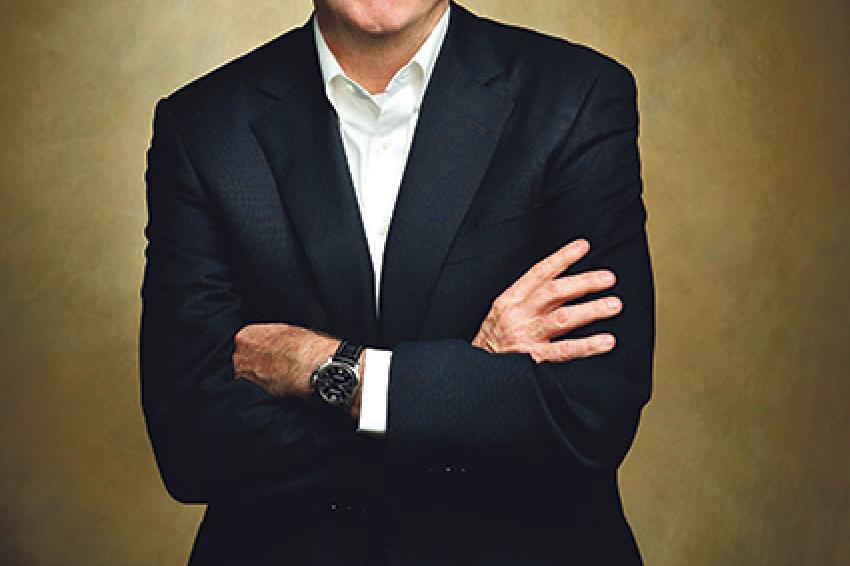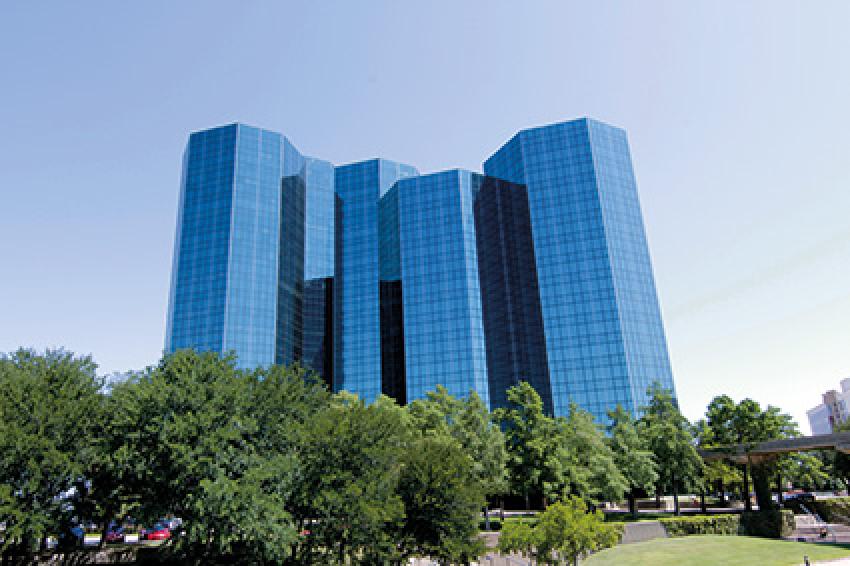A Brand-New Celanese
With New Brand Architecture Celanese Aims at Increasing Value for Customers
Strategy - When Mark Rohr became Chairman and CEO of Celanese in 2012, he proclaimed that he wants the company to get closer to its customers and better respond to their needs. A year and a half later, the Dallas, Texas-based specialty chemicals and materials manufacturer announced a remake of its brand architecture in order to represent the company's multiple businesses and capabilities in a single brand. Celanese has a rich tradition as the world's largest producer of acetyl intermediate chemicals. The company, which was founded in New York in 1918, was taken over by former German chemical giant Hoechst in 1987, spun off in a 1999 initial public offering (IPO), taken private by the Blackstone Group in 2004, only to be spun back out in another IPO the next year. Today, being only four years shy of its centennial, Celanese employs approximately 7,600 employees worldwide and had net sales of $6.4 billion in 2012. Michael Reubold spoke with Mark Rohr about his strategy of creating "One Celanese" and his vision for the company's future.
CHEManager International: Mr. Rohr, before joining Celanese in 2012 you served as CEO of Albemarle and had an acknowledged track record of generating strong financial results. What did you identify as your foremost tasks when you took the helm at Celanese?
Mark Rohr: Well, if you look at Celanese, you see a corporation with a great history. Over time, there was a lot of evolution of the business model. What I saw as the biggest opportunity was to refocus our efforts around the foundational technologies and lever these technologies to really serve our customers around the world. I think we had lost that a little bit through all the changes that had gone on; and there was a tremendous interest on the part of the employees to get to that point.
What has changed since then?
Mark Rohr: We put in place single objectives for the corporation. In the past, we had a number of individual businesses like Ticona, Acetate Products, Acetyl Intermediates, Emulsion Polymers and Nutrinova. They were operating on their own with their own commercial organizations, their own manufacturing organizations, and with individual business goals. Today, we don't have individual business objectives any longer. Our commercial organization is all one team now satisfying all the businesses of Celanese around the globe. Our manufacturing organization and our technology organization are structured the same way today. This change is what might best describe that "One Celanese" approach we followed.
And that approach also implied the re-branding?
Mark Rohr: Yes, if you look back we had many pockets of brands within the corporation, and we treated those brands as an individual entity. Launching a unified brand has been an essential element of our strategy. Each of the former entity names will fade and be replaced by Celanese. Going forward, everyone in Celanese, our products, our process technologies and our solutions from historical businesses will now be represented by one name.
In the past, Celanese was more like a conglomerate?
Mark Rohr: That is right. As we outlined the new strategy, we identified things that we had to tackle to be really successful. And we just tackled them, function by function, starting initially with the people processes and rolling that all the way through. And so the "One Celanese" brand and this vision that we describe with the phrase "The chemistry inside innovation" all surfaced out of that process as the large goal extension - and sort of the icing on the cake, if you will.
Did you feel that there was a hidden value in all those entities that you could extract by creating one brand and one vision?
Mark Rohr: Absolutely, no question. Our vision today represents Celanese's depth and breadth of industry and chemistry knowledge, the capabilities to innovate for our customers, the dedication to creating value, and a commitment to partnerships to help our customers succeed. These changes we are making are aimed at supporting this vision and openly communicating its value proposition to our customers. The brand also speaks to the strength of our talented employees who collaborate with our customers to develop fresh solutions that solve their most critical needs.
Celanese owns many well-known brands like Ticona. How do you or how do your customers feel of seeing them vanish?
Mark Rohr: These brands were part of the old structure. Ticona, since you mentioned it, was an entity within the corporation, but it was just a legal entity. Within Ticona there are product brands like Hostaform that have been around for a long time. So, we are actually maintaining the familiarity with individual customers on product brands, and we are replacing the legal entity brand that we had with the Celanese brand. The new Celanese brand reinforces the power of our global organization and reflects who we really are. And, so far, the receptivity of the market and of our customers for the rebranding has been very good.
Normally, before you do a re-branding, you look at your portfolio.
Mark Rohr: Yes, but we are approaching this process as Celanese and not as a portfolio of saying 'good or bad'. Each group has the same objectives to get where they need to be to be seen as top decile. Now each business has plans to go do that. Out of that planning process may evolve some consolidations, but it is not our intent to start out by jiggling the portfolio to get what we are trying to build.
Speaking of objectives, what progress have you made in terms of profitability and what are your goals to grow the company?
Mark Rohr: If you look across all industry, the best performing companies have compounded earnings growth that presses the low teens, so 12% to 14%. That's always where the best tend to gravitate.
So, last year I set as an objective that this is where we wanted to be. We want to be able to compound grow our corporation at that kind of pace. And then we asked ourselves: "What prevents us from doing that?" And it really got into these issues that we have just talked about: it was just self-constraints on how we conduct ourselves right.
I am very comfortable as we take these steps and really lever our capability that we will be able to create that kind of momentum in our corporation. This year we have that kind of momentum on the way and I don't see any reason why that shouldn't be on the way going forward.
Will acquisitions be a part of your growth strategy?
Mark Rohr: The approach that I put in place was one of starting with that foundation technology and exploring ways we can supplement that foundation technology. So, initially we are technology, and then it goes to customers. We have been actively monitoring possible acquisition targets. We haven't produced any results to share with you yet, but I am confident it will happen.
You mentioned the claim "The chemistry inside innovation," ... do you think that a company like Celanese gets rewarded by the market for being innovative?
Mark Rohr: Well, it depends. In some cases absolutely; in other cases you feel like you do a lot of work and deliver a lot of value and don't get much return. Celanese as a corporation is moving to higher degrees of differentiation. So, over time you are going to see us move all of our products to that kind of spot. And I think, to be honest, if the products can't get to that kind of differentiation, it is very hard to get a true return on capital. I am pleased with the progress we have made and there are many examples where we are getting the proper reward and recognition for the value we bring our customers. There are also plenty of examples where we are not. And we plan to work on all those to try and bring them to that same valuation spot.
What is your vision for Celanese for the near future?
Mark Rohr: This year, our global teams have done a tremendous job of driving earnings growth through Celanese-specific initiatives. As we take our initial view of 2014, we expect earnings growth will continue to be driven by the actions we are taking, not by depending upon increases from the global economy. Celanese-specific initiatives that translate innovation from new products and drive efficiencies through productivity will fuel earnings growth in 2014 at levels consistent with our long-term growth objective.
In the longer term, we would like to be able to double our profitability corporately over a five-to-six-year period in order to be on that 12% compounded growth rate. The first several years we have said that it is going to occur solely from us and things we control. At some point, as I said before, we will have to get some M&A in there to help shore that up a bit.
So the expectation you should have in a three-to-four-year period is that you will see organic changes to the portfolio in those areas where we can face the customers and really can innovate. That is our vision.
What the Celanese employees feel is that they really want to be part of a broader solution for society. So we are very engaged both at work and outside of work in making that difference. And as part of achieving our financial objective, the corporation is going to evolve dramatically with that.
Contact
Celanese Corp.
222 W. Las Colinas Blvd 0
Irving, TX 75039
+1/972/443-4000
+1/972/4438519






